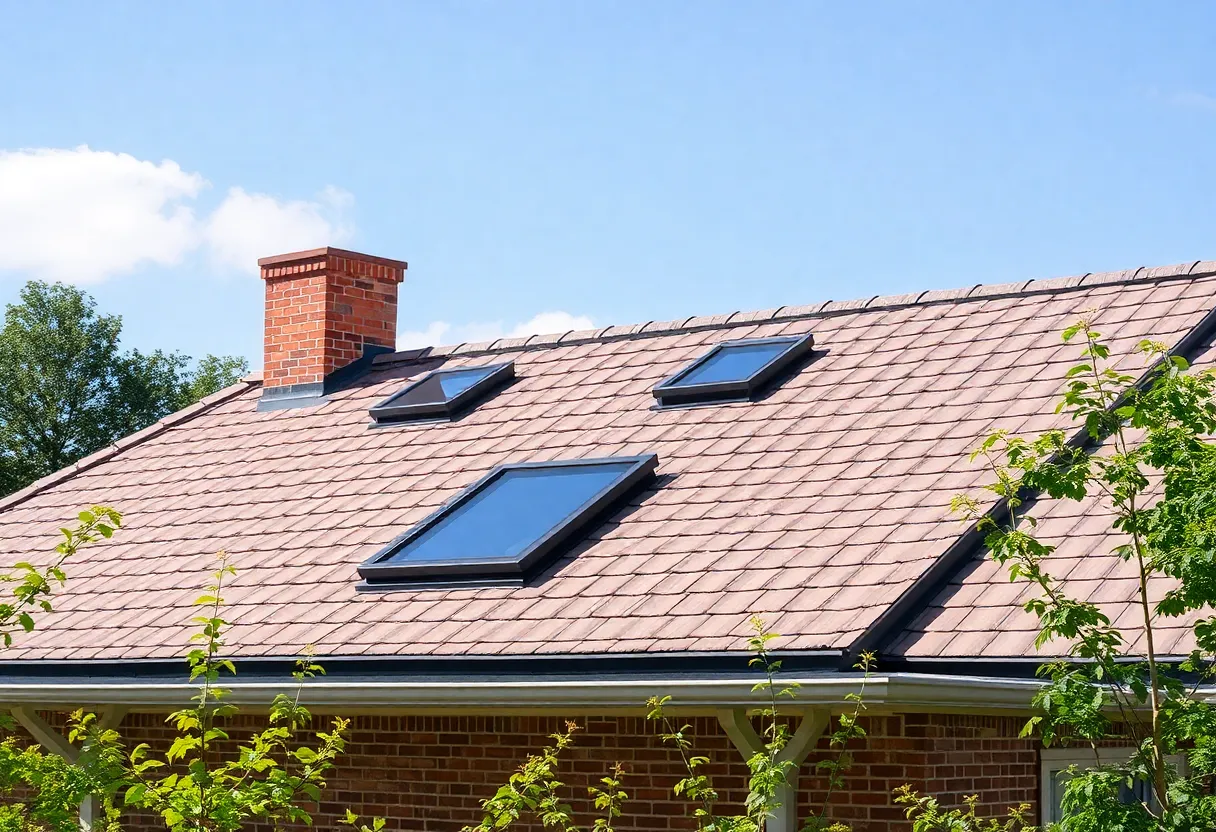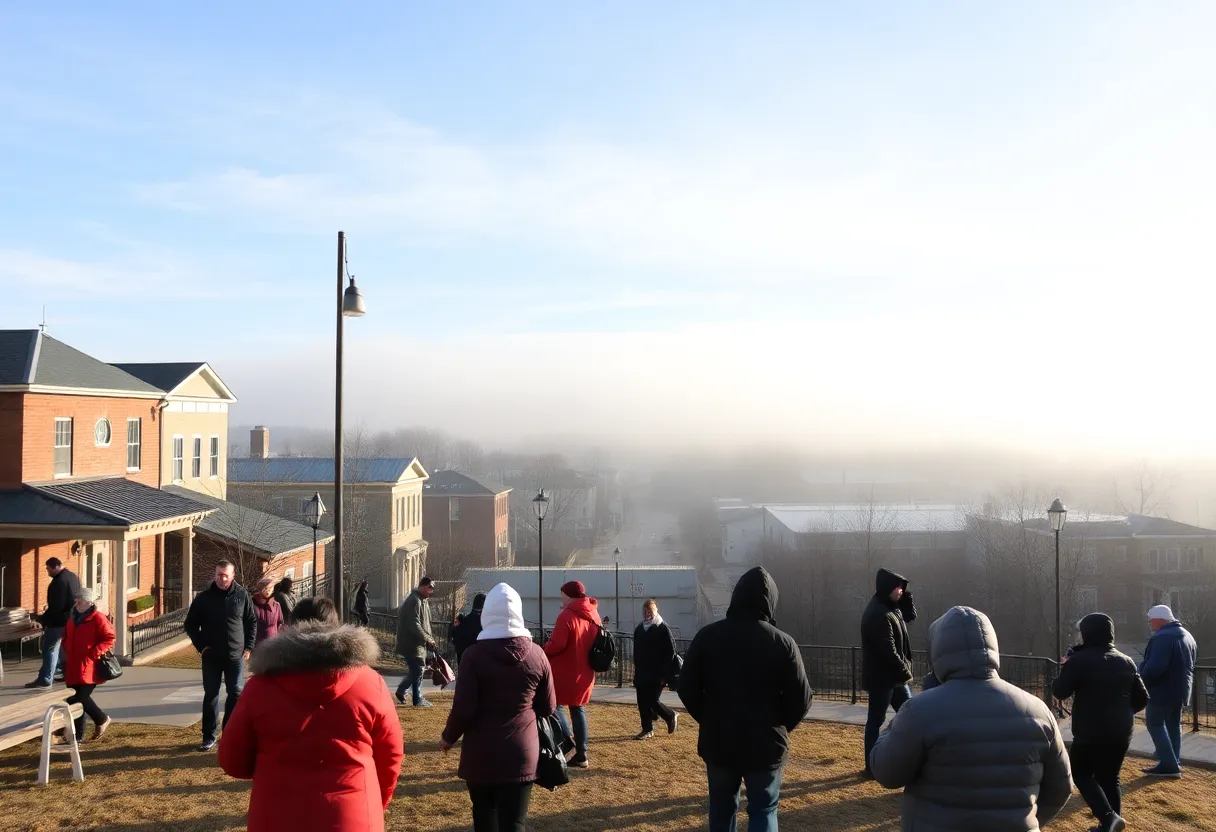How to Select the Right Roof Design for Enhanced Energy Efficiency
Introduction
Choosing the appropriate roof design is critical for improving energy efficiency in residential and commercial buildings. A well-implemented roof design not only contributes to a building’s aesthetic appeal but also plays a fundamental role in regulating indoor temperatures, minimizing energy consumption, and maximizing sustainability.
1. Understanding Energy Efficiency in Roofing
Energy efficiency in roofing refers to how well a roof can prevent energy loss while maintaining desired indoor temperatures. Effective roofs minimize the energy needed for heating and cooling, thus reducing overall energy costs. Factors that influence a roof’s energy efficiency include:
- Insulation properties
- Material use
- Color and reflectivity
- Roof geometry
2. Key Factors in Roof Design Selection
2.1 Roof Materials
The material chosen significantly influences energy efficiency. Common roofing materials include:
- Asphalt Shingles: Affordable and effective, but limited in sustainability.
- Metal Roofing: Reflective, durable, and highly energy-efficient.
- Clay and Concrete Tiles: Excellent thermal mass, ideal for hot climates but may require additional structural support.
- Green Roofs: Living roofs that enhance insulation and promote biodiversity.
2.2 Roof Color
The color of the roof can affect energy savings significantly. Lighter-colored roofs reflect solar energy, leading to reduced cooling costs in warmer climates. Conversely, darker roofs absorb heat, beneficial in colder regions. Selecting a roof color should consider local climate conditions to optimize energy performance.
2.3 Roof Slope and Design
The pitch of a roof influences energy efficiency through water drainage and heat retention. A steeper roof can facilitate better ventilation and water runoff, reducing the risk of leaks and ice dams. Flat roofs, while practical in urban settings, often necessitate special insulation and drainage considerations.
2.4 Insulation Quality
The insulation beneath the roof is critical for energy efficiency. Higher R-values indicate better insulation, reducing energy transfer between the interior and exterior. Roof insulation can be achieved via:
- Attic Insulation: Extends thermal resistance and minimizes heat loss.
- Radiant Barriers: Reflect heat away from the living space.
- Continuous Insulation: Enhances thermal performance across the entire roof area.
3. Eco-Friendly Roofing Options
3.1 Solar Roof Panels
Integrating solar panels into your roof design can significantly reduce energy costs. Roofs equipped with photovoltaic panels not only produce electricity but also contribute to the building’s energy efficiency.
3.2 Energy-Star Rated Products
Utilizing materials with Energy Star ratings ensures your roof complies with energy efficiency standards, leading to potential savings and sustainability benefits.
4. Regional Considerations
Different regions have unique climate factors that should inform roof design. Hot climates may benefit from reflective materials and lighter colors. In contrast, cooler regions may prioritize thermal mass and materials that conserve heat.
5. Professional Evaluation and Installation
Consulting with roofing professionals will help you assess the most suitable roofing solution for your specific needs. They can provide insights into local building codes, energy-efficiency trends, and roofing innovations, ensuring a well-informed decision. Additionally, professional installation is vital to maximizing the roof’s energy-efficient properties.
6. Conclusion
Selecting the right roof design is essential for enhancing energy efficiency. By considering factors such as roofing materials, color, slope, insulation quality, and local climate, one can significantly impact energy consumption and costs. Incorporating eco-friendly solutions and consulting with professionals can lead to a roof that is not only aesthetically pleasing but also functionally superior.
Author: STAFF HERE CLINTON
The CLINTON STAFF WRITER represents the experienced team at HEREClinton.com, your go-to source for actionable local news and information in Clinton, Laurens County, and beyond. Specializing in "news you can use," we cover essential topics like product reviews for personal and business needs, local business directories, politics, real estate trends, neighborhood insights, and state news affecting the area—with deep expertise drawn from years of dedicated reporting and strong community input, including local press releases and business updates. We deliver top reporting on high-value events such as the Festival of Discovery, Clinton Community Day, and performances at the Whitten Center Amphitheater. Our coverage extends to key organizations like the Clinton Area Chamber of Commerce and the Laurens County Historical Society, plus leading businesses in manufacturing and education that power the local economy such as Milliken & Company and Presbyterian College. As part of the broader HERE network, including HEREAiken.com, HEREBeaufort.com, HEREChapin.com, HERECharleston.com, HEREClinton.com, HEREColumbia.com, HEREGeorgetown.com, HEREGreenwood.com, HEREGreenville.com, HEREHiltonHead.com, HEREIrmo.com, HEREMyrtleBeach.com, HERENewberry.com, HERERockHill.com, and HERESpartanburg.com, we provide comprehensive, credible insights into South Carolina's dynamic landscape.




 Mays Contracting
Mays Contracting

